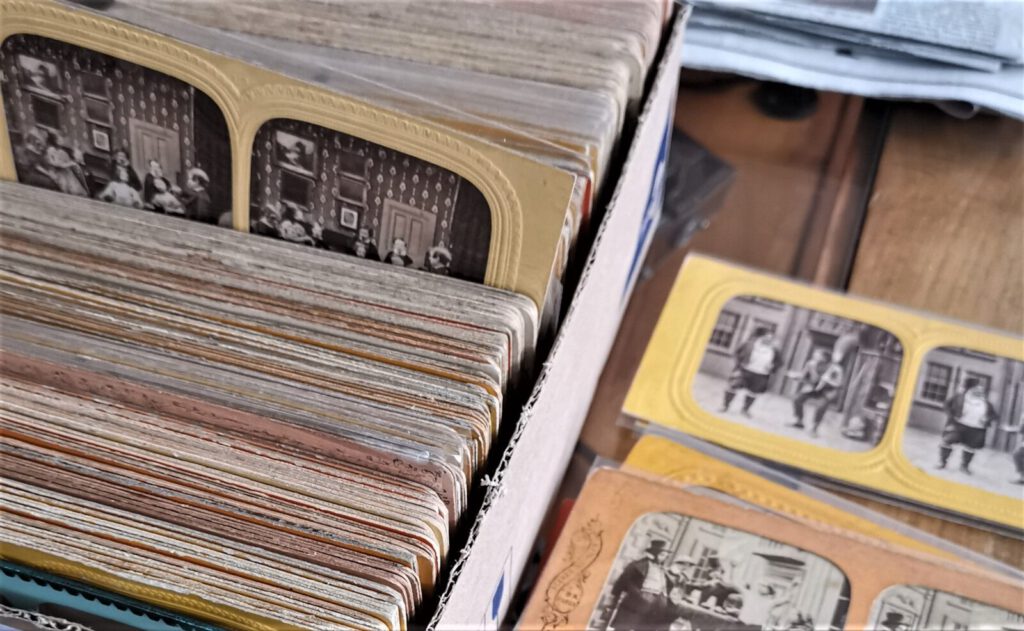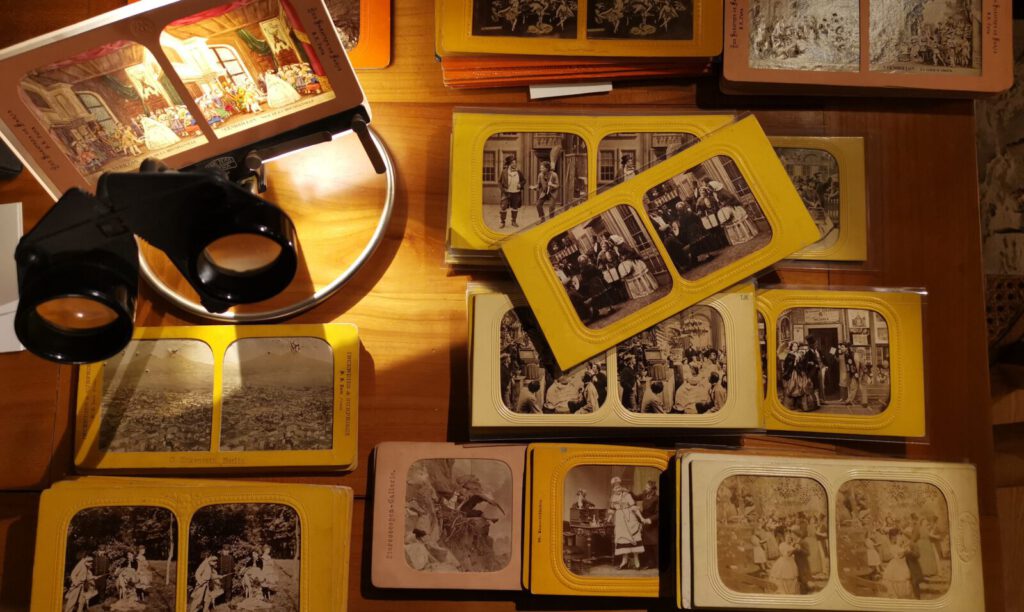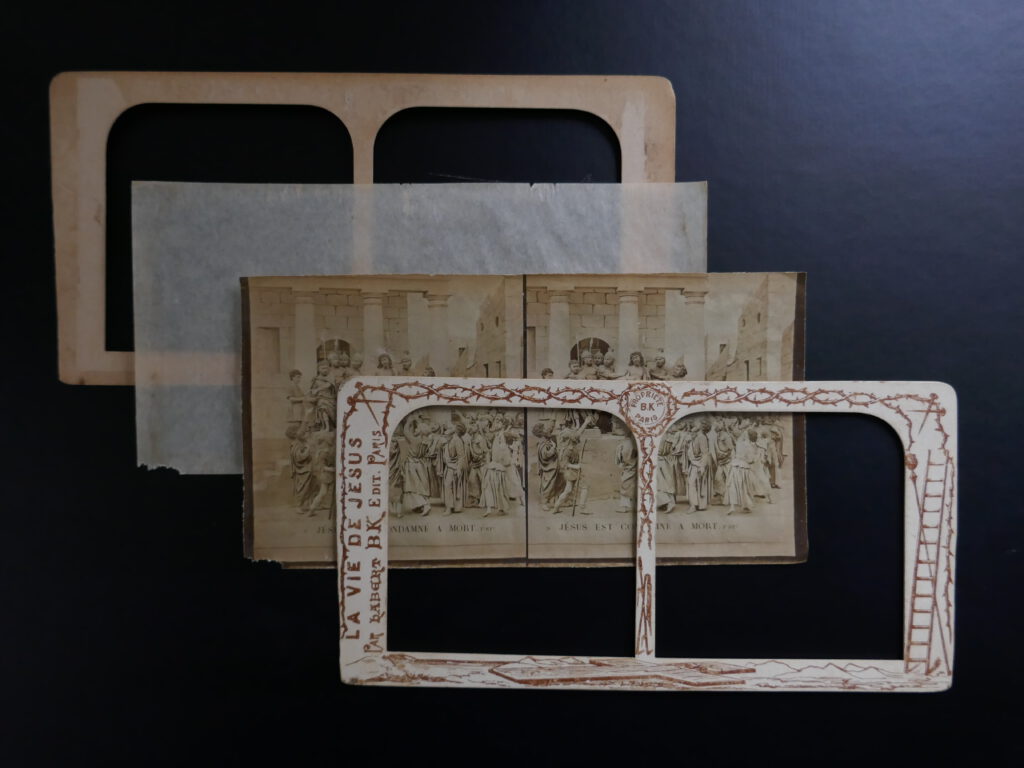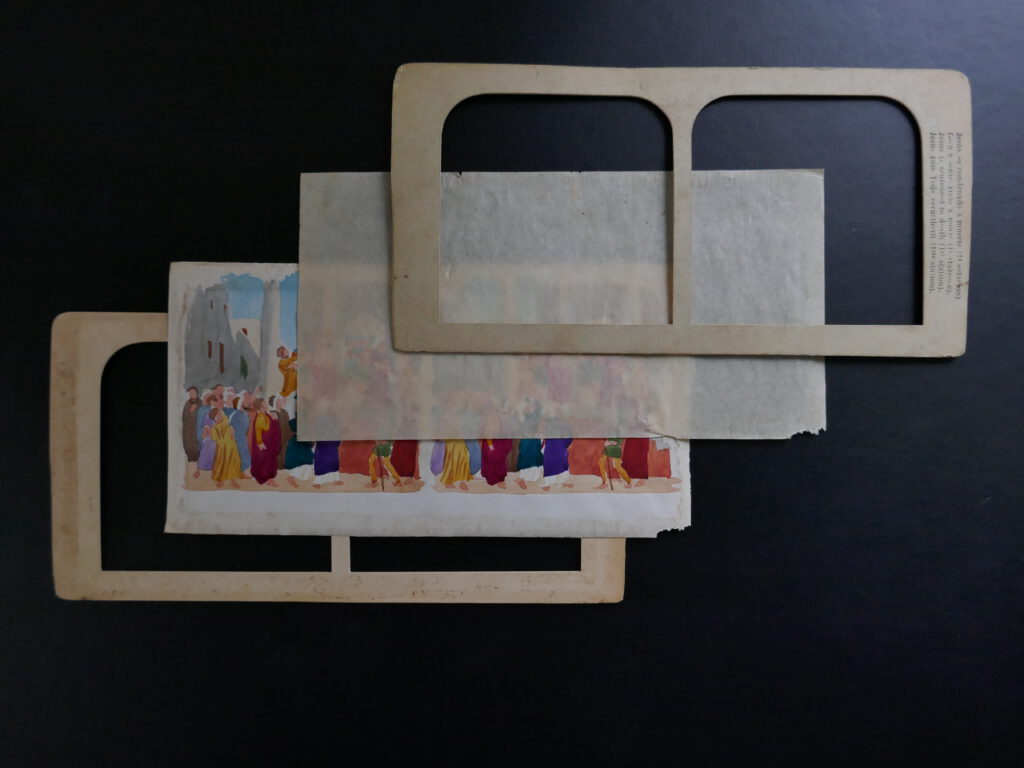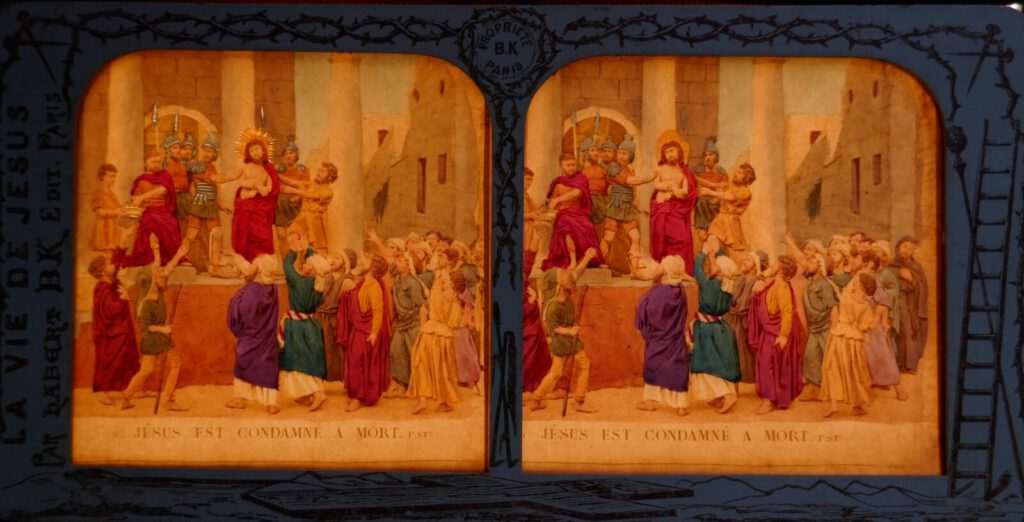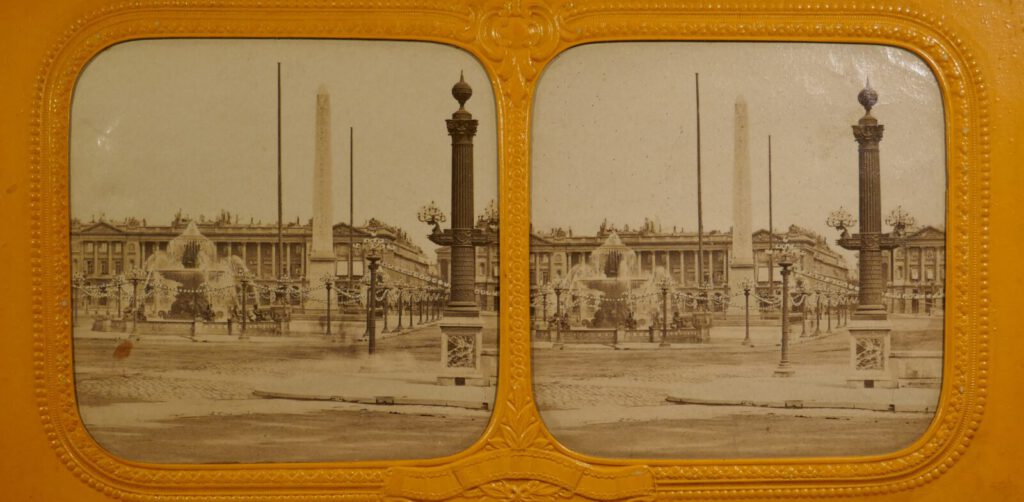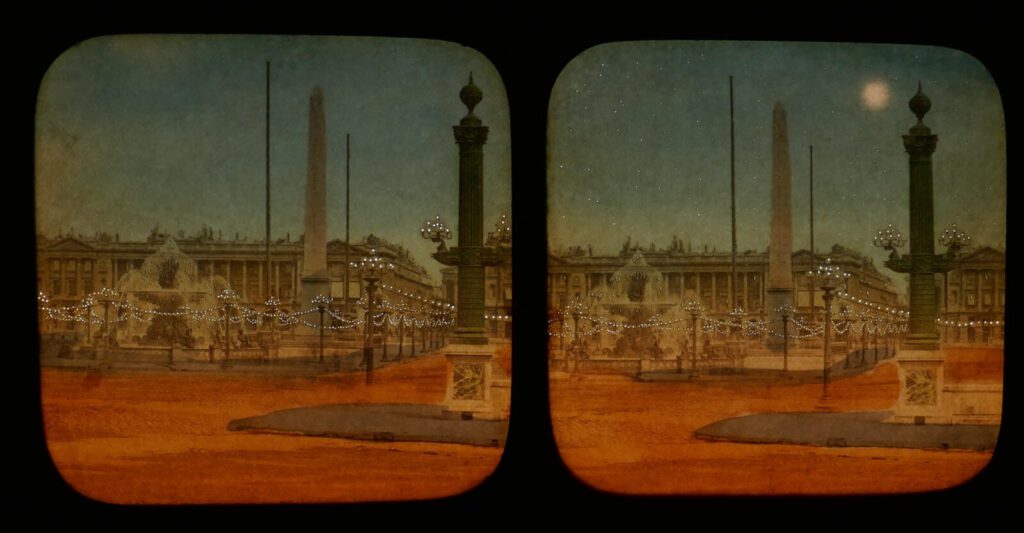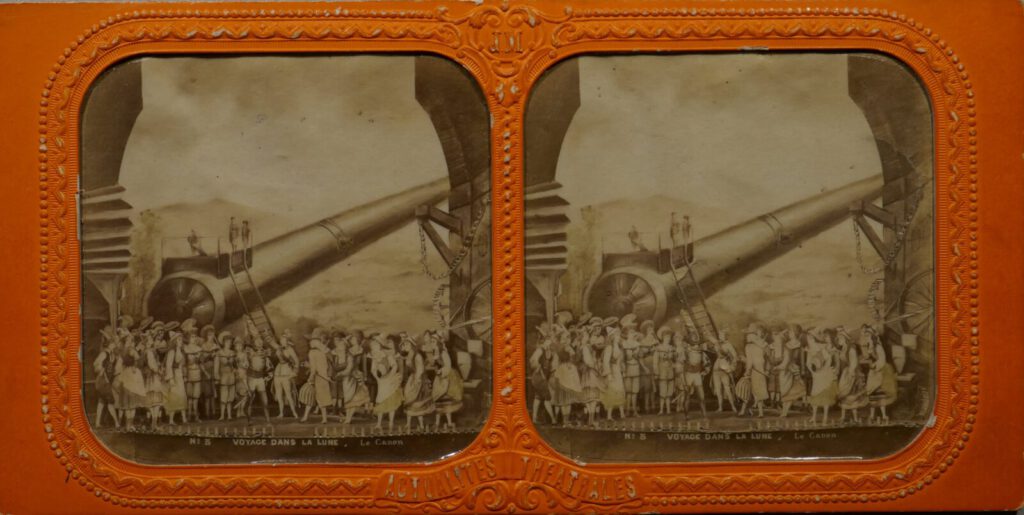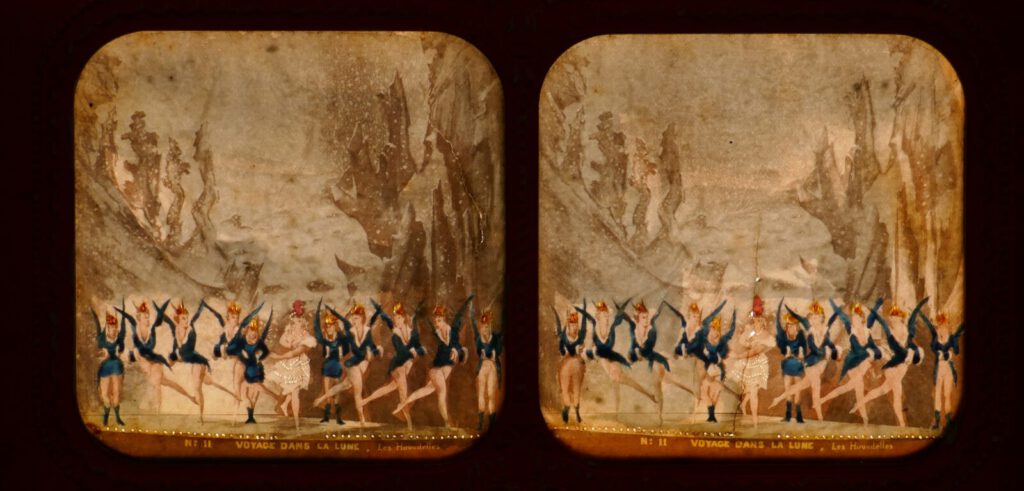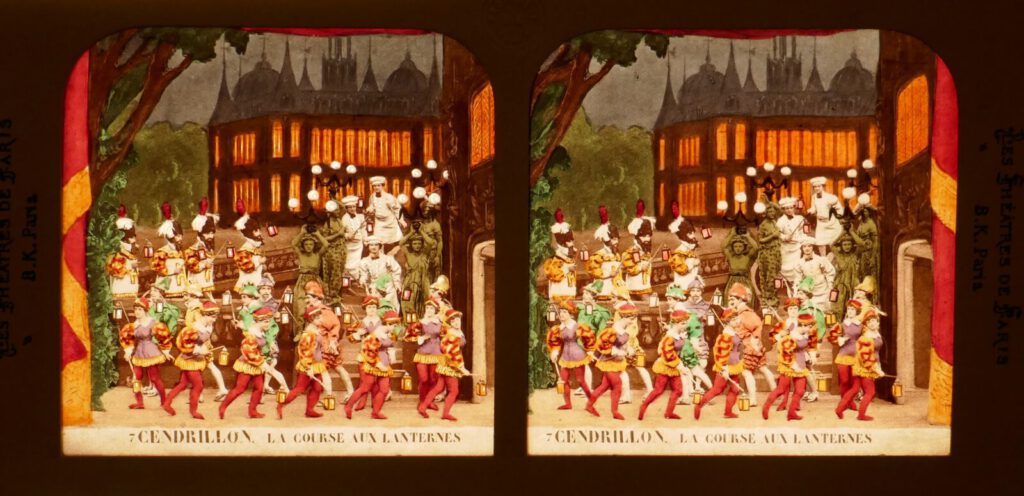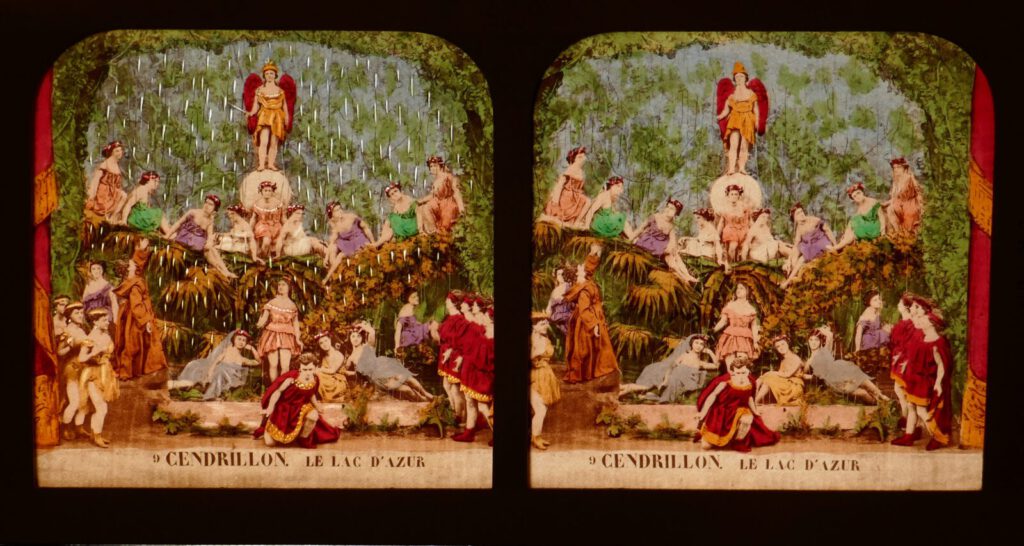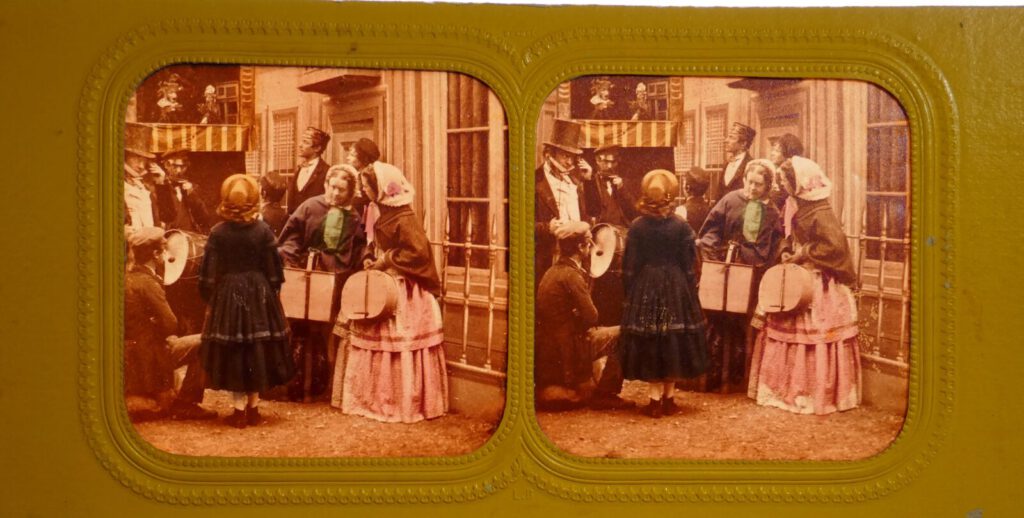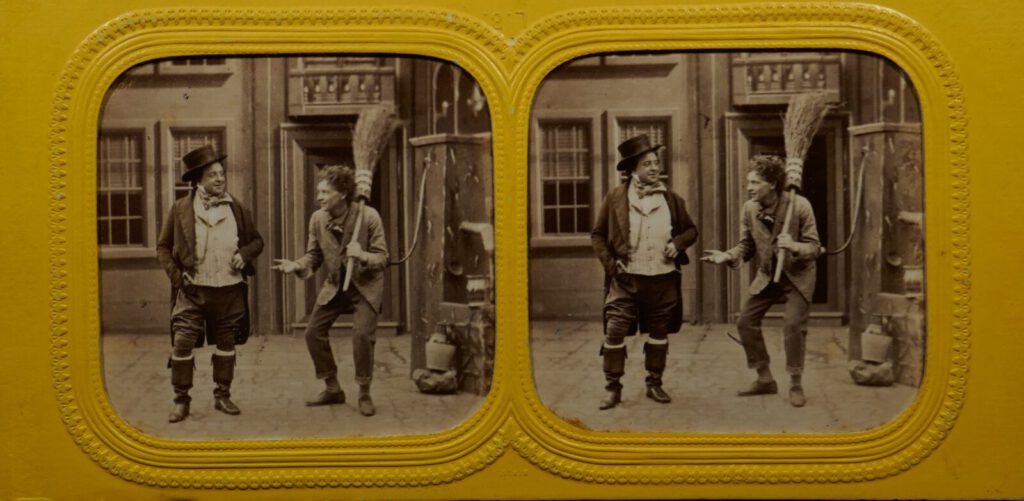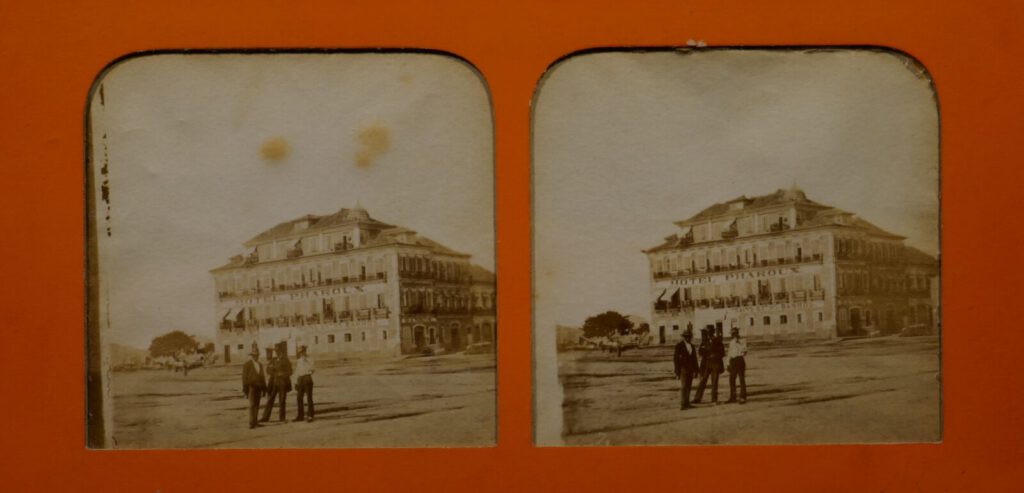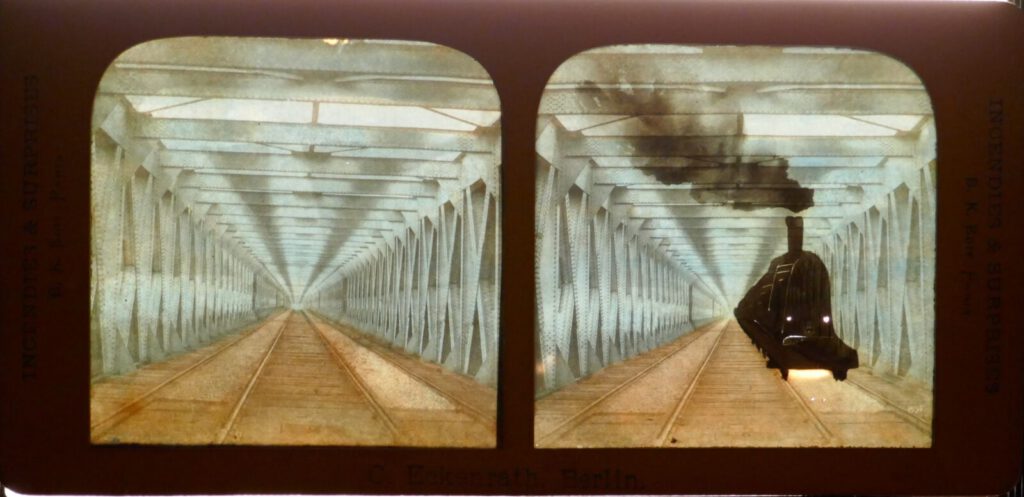“Tissues” or “The Happiness of the Collector in Collecting”
written for the stereosite by Thomas Asch, Switzerland
What to do in 2020, these difficult times for passionate collectors? There are no local collectors’ fairs and also trips to cities with promising flea markets are not possible. I try to adapt, deepen my knowledge of individual stereo photographs of my collection and go hunting for new collectibles more often online. On various platforms such as ebay I am looking for new rarities in my field of passion: stereoscopy.
Recently a major lot of Tissues was offered in an online auction that caught my eye. Of the several dozen cards on offer, only 3 were fully displayed, while the others were only seen in a pile next to it.
From the description, which was kept very brief, you could only speculate on the quality of the other “hidden” cards, but the offer appealed to me. I trusted in my collecting instincts and decided to bid. At the last minute I drove the price up a little and in the end I won the auction. An indescribable moment for the collector on the hunt… After that the long days of waiting followed until the cards finally arrived in the mail.
But just looking at a few cards gave me the certainty: A very fruitful acquisition! A large variety of topics and the condition almost consistently good!
What is a “Tissue”?
Before I show a few examples of the cards, I would like to briefly highlight the special features of the “Tissues”. Tissues are black and white photos copied on very thin paper, which appears almost transparent. The back of these thin photos was more or less artistically colored, i.e. painted with colors, so that when looking at them against a light source the photo is presented in color. A tissue is structured like a sandwich. A frame in the front and the back. In between the from behind colored photo and another protective tissue paper.
Now to some examples out of the purchased bundle:
“Surprise” Tissues
Sometimes the scenery of the photo is submerged in a completely different light by the special coloration of the back side. As an example observe the day / night Tissues. One of these is this stereo picture of the Place de la Concorde in Paris. (This is composed of two shots taken one after the other.)
If you hold the card up against the light, the scene appears as a night shot with a full moon and artistic, filigree lighting of the square.
In addition to the colored back side every single lamp was marked with a fine needle prick to allow light to shine through the paper. An enormous effort to produce the individual cards.
These stereos with an unexpected visual effect when backlit are called “surprise Tissues “. I will show two more examples later.
Theater tissues
But to stay in Paris, I’ll show two examples from the “Les Théâtrales de Paris” series. These are recreated scenes from then-current performances on the Parisian theater stages. For natural photos, there was simply too little light in the theater itself.
First two scenes from “Voyage dans la Lune” after Jules Verne, which was performed in 1875 in the Théâtre de la Gaîté.
Then two scenes from “Cendrillon” based on a fairy tale by the Brothers Grimm, performed in the Théâtre Impeérial du Chatelet.
What is remarkable about the “Le Lac d’Azur” card is the elaborately “built-in” rain through very fine cuts in the left part of the stereo picture with astonishing effect when viewed stereoscopically.
Genre Scenes
Card by card I enjoy immersing myself in the illustrations to embrace the detailed contents of each image, to classify them in time, as well as to determine their origin. At that time it was uncommon to name the photographer specifically on the card itself.
Sometimes chance can help you. This time it was a recent talk by Denis Pellerin, in which he showed a subject assigned to the Gaudin Frères that, in a slightly different variant, was also found on one of the acquired cards. So I had the crucial clue regarding the photographer.
On another card with a street scene, on closer inspection, you can see the same house facade as in Fig. 12 as a backdrop. Hence the legitimate assumption that this photo was also created by the Gaudin Frères.
I have not yet been able to assign all of the other Tissues. For example: According to the frame of the following stereo photo with the boys in uniform, playing leapfrog, the card was distributed by Adolphe Block. But who is the photographer? Is he hiding behind the embossed initials Ch. D. in the lower left corner of the frame?
Researching such images is very entertaining and sometimes takes me a long way away from the starting point. It’s not uncommon to come across information that leads to a completely different card in your collection.
The Whole World
The virtual journey through this collection led me not only to Paris, but also to other wonderful cities like here, thanks to this special night illusion, to Milano …
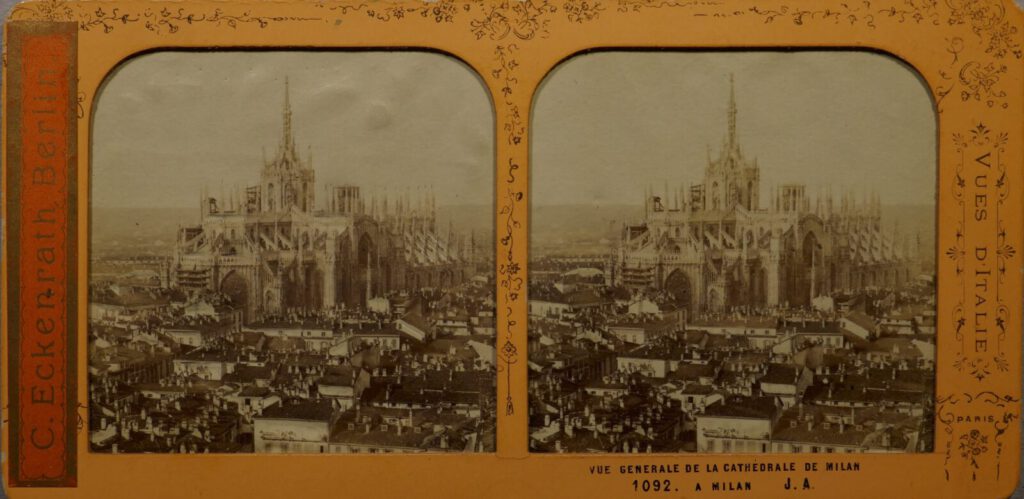
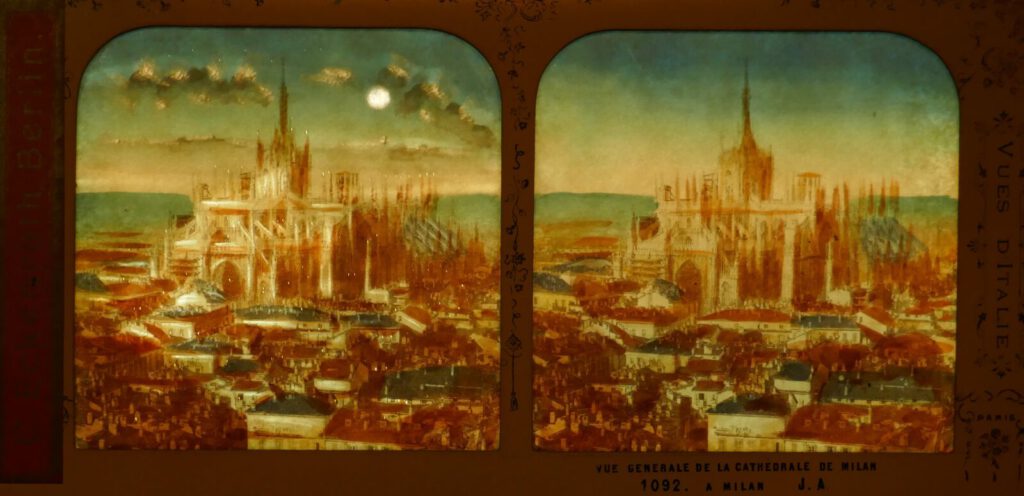
… and even as far as Rio de Janeiro …
This preoccupation with Victorian photographs is an extremely exciting activity in times of orderly calm and opens many unknown windows into bygone worlds directly from one’s sofa.
Sometimes, however, all you need to do is to put a bright light on the back of a card to be able to enjoy a very surprising scene on a Tissue.
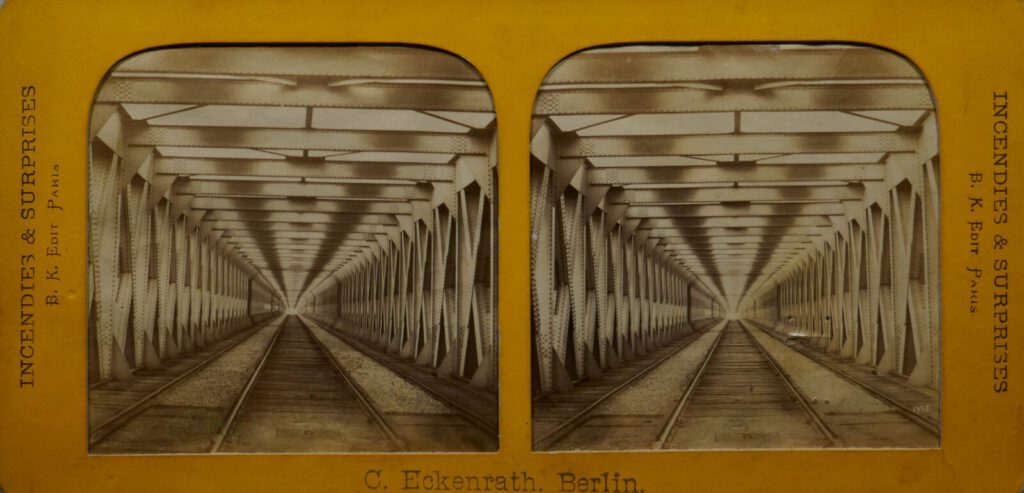
The cards of this recent purchase will keep me busy for a while and are a wonderful addition to my collection.
Thomas Asch (Zürich, Switzerland)
The Collector: In the early 1980s I found at a flea market a bundle of Viewmaster reels with a viewer and this was the spark for enthusiastic collecting of stereoscopy until today. My collection consists of stereo cards, Viewmaster and of course “hardware” such as Stereoscopes and Cameras.
The Photographer: In 1983 I bought a Revere from the 50s as my first Stereocamera and shortly after that a View Master Personal Camera to begin creating my own stereo photography. Main stereo subjects in the following years were my family and travel photos on various trips. After my retirement from an IT job, five years ago, my activities and pretensions as stereo photographer broadened significantly.
Instagram-profile: thomas.asch_3d_passion

